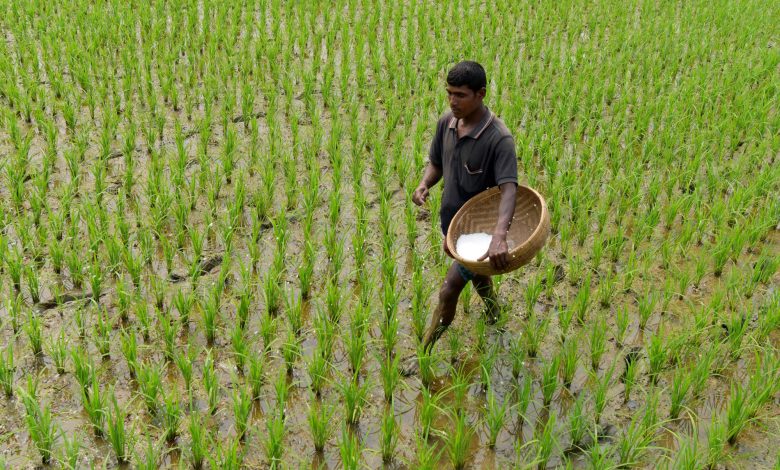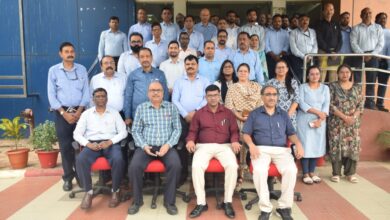Fertiliser Crisis Cost G20 Almost $22 Billion
Fertiliser companies set to make $84 billion in profits

Farmers and governments in the G20 spent $21.8 billion more on key fertilisers imports in 2021 and 2022, while the world’s biggest fertiliser companies are expected to make almost US$84 billion profit over the same period, according to new analysis released by GRAIN and the Institute for Agriculture and Trade Policy today.
G20 nations paid almost three times more for fertiliser imports in 2022 compared to 2020. The additional bill for fertiliser imports in 2021 and 22 was at least US$ 4.8 billion for India, US$3.6 billion for Brazil, and US$3 billion for the EU.
The European Commission is set to publish its plans to increase domestic production and make EU farmers less dependent on fertilisers on 9th November. G20 Heads of State will also discuss the fertiliser crisis when they meet in Indonesia on 15-16 November.
In countries where industrial agriculture is dominant, fertiliser is over-applied and its use can be significantly reduced without impacting yields. In Germany, one study found that only 61% of fertiliser is reaching wheat crops, meaning 39% is wasted. In Mexico, only 45% of fertiliser reaches crops, in Canada only 59% and in Australia only 62%.
Numerous studies from around the globe have also shown that it is possible to replace chemical fertilisers with agroecological farming practices while maintaining or increasing yields. Agroecological farming uses natural fertilisers such as compost or plants that fix nitrogen in the soil.
‘The Fertiliser Trap’ calls for action to reduce the consumption of costly and damaging chemical fertilisers. It reveals:
● Nine developing countries paid two to three times more for fertiliser imports in 2022 compared to 2020. In 2021 and 2022 Ethiopia – where 20 million people are in need of food aid – spent an additional total of US$ 384 million, while Pakistan’s costs rose by US$ 874 million.
● Nine of the world’ s largest fertiliser companies are expected to make US$57 billion in profit in 2022 – four times the amount they made in 2020. This is equivalent to twice the GDP of Senegal which has paid US$64 million more for fertiliser imports over the last two years. The total cost of the fertiliser crisis – including the increased cost of domestic production – is expected to be a lot higher.
Chukki Nanjundaswamy, from Karnataka Rajya Raitha Sangha, one of the largest farmers organisations in India said “Farmers in India are in an existential crisis because of debt caused by costly chemical fertilisers and pesticides. Yet farmers in our network are showing that they can stop using chemical inputs without affecting yields, by using local knowledge and seeds, and can lead a life of self-reliance”.
The writer of this article is Dr. Seema Javed, a known Environmentalist, Journalist and Communications Expert




